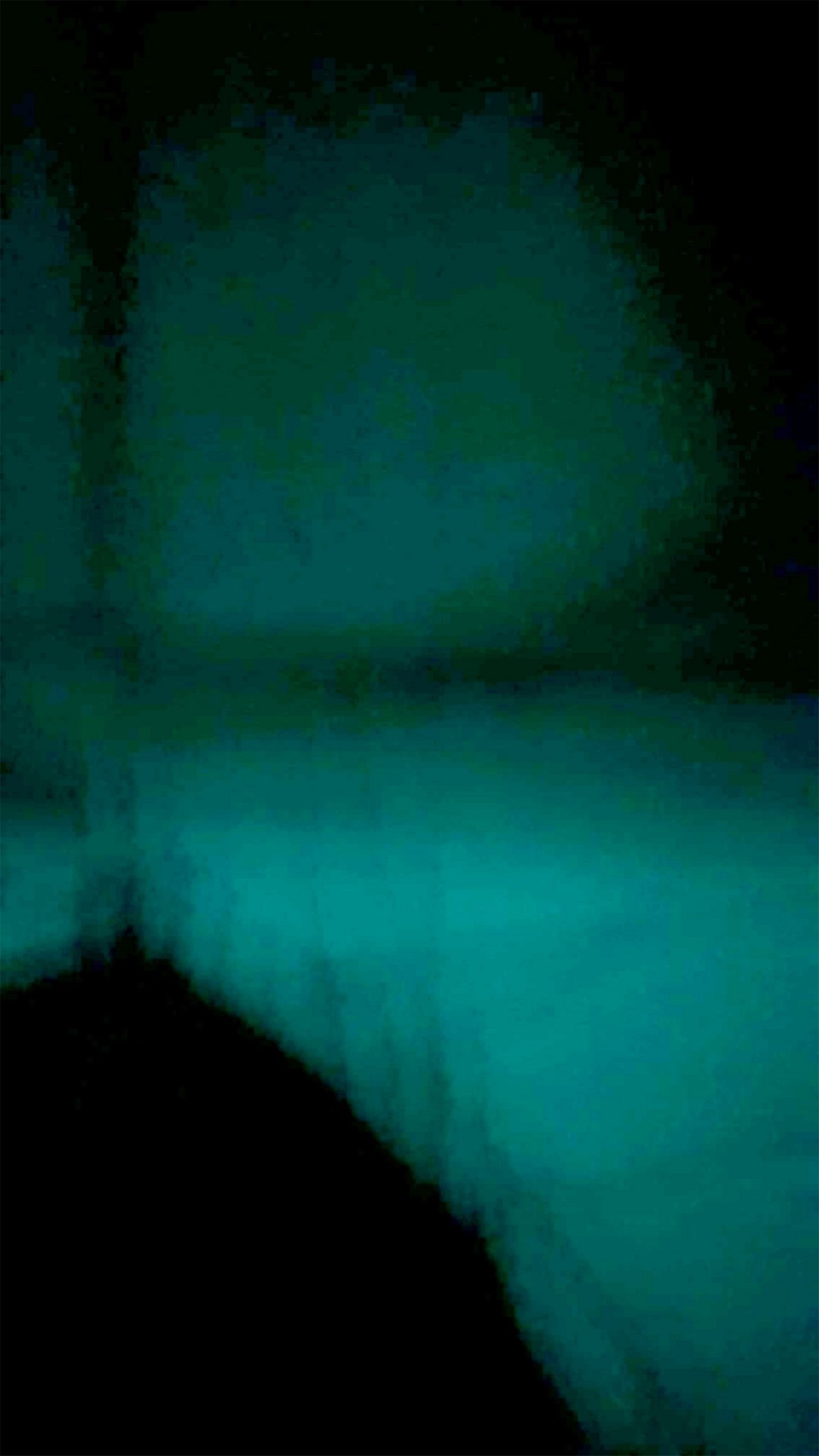Naomi McKinnon knew something was up, but
she was not sure what. She went below deck for a minute, then rejoined her two
crewmates on watch.
Then it hit her. From horizon to horizon, from stern
to bow, the sea all around them was glowing as their near 16m-long ketch passed
south of the
Indonesian island of Java on a moonless night.
اضافة اعلان
“What the hell?” she recalled thinking.
What McKinnon and her six crewmates encountered in
August 2019 was a swell of glowing seawater so bright and gargantuan that a
satellite orbiting hundreds of miles overhead was able to see its shimmers.
Last summer, a team of scientists reported on the satellite feat, which opened
a window to one of the planet’s most puzzling features. The bioluminescent seas
appear to originate when trillions of tiny bacteria light up in unison.
Now, a researcher who wrote that paper, Steven D
Miller, a satellite expert at Colorado State University, has chronicled how
McKinnon and her crewmates used their own observations, cameras, and a bucket
of seawater to verify the satellite findings — albeit unknowingly.
Late last year, after McKinnon learned of Miller’s
research, she came forward, reluctantly. “I thought, ‘Maybe he doesn’t want to
know,’” she recalled. “But his response was ‘Wow! You’re the first person to
confirm this!’ He was so excited. I was really glad I reached out.”
Miller told of the sailboat’s corroboration of the spacecraft
observations in The Proceedings of the National Academy of Sciences recently.
At the ocean’s surface, bioluminescence comes in two
general types. The common one arises when churning waves or other movements
stimulate microorganisms to glow. Many a nighttime beachgoer has seen the
blue-green luminescence in breaking waves.
The other type — the kind the boat’s crew observed —
is poorly understood and appears to exist free of mechanical stimulation. Its
rarity makes the joint observations from the satellite and the ship a major
scoop for ocean science.
Johan Lemmens, a retired medical doctor from
Southend-on-Sea,
England, was circumnavigating the globe in the two-masted
sailboat he owns and captains when the sighting occurred. He said he had never
seen anything like it.
“Normal bioluminescence is when the waves light up
or there’s a trail of light behind you,” Lemmens said. “You see that two or
three times a year. This was different. The sea was lit, but the waves were
black. That made it really eerie. It gave the idea that the light was coming
from a deeper level.”
The crew lowered a bucket into the water and pulled
up a sample that contained several pinpoints of light that glowed steadily
until the water was stirred; then, the points suddenly went dark. That
response, the new paper notes, is contrary to “normal” bioluminescence.
 A sample of bioluminescent water collected from waters off Indonesia in 2019.
A sample of bioluminescent water collected from waters off Indonesia in 2019.
McKinnon said that her first awareness of the glow
came around 9pm local time and that it intensified during the night, lasting
until dawn. The satellite observations revealed that the glowing patch south of
Java, Indonesia’s most populous island, persisted for at least 45 nights and
grew to be larger in size than the collective areas of
Vermont, New Hampshire,
Massachusetts, Rhode Island, and Connecticut.
McKinnon studied biochemistry in college and was a
research assistant in a laboratory at the University of Sydney in Australia
before learning on a sailing forum of the global circumnavigation and, at age
24, joining the voyagers. In her lab, she studied deadly marine venoms, including,
for instance, those of box jellyfish, the toxins of which attack not only skin
but the heart and nervous system.
Lemmens, who grew up in the Netherlands, said the
circumnavigation was a celebration of his retirement. His ketch, Ganesha, named
after a Hindu god of beginnings, carried a crew of seven.
McKinnon said that, after their sighting off Java,
she did internet searches when in port but failed to learn much. Later, she
entered medical school at the
Australian National University and in the fall
was doing yet another search when she read about Miller’s satellite paper.
“I still had that question in my head,” she
recalled. “What was it?”
 Bioluminescent water
glowing beneath the ship’s deck in Indonesia in 2019.
Bioluminescent water
glowing beneath the ship’s deck in Indonesia in 2019.
Steven H.D. Haddock, an expert in bioluminescence at
the Monterey Bay Aquarium Research Institute in California and a co-author of
the satellite paper with Miller, said it was wonderfully fortuitous that
“coverage of the original science reached sailors who reached back to us,”
giving the team independent verification of the rare phenomenon.
Miller said the observations by McKinnon and the
crew offered insights on a major enigma — how tiny organisms can influence
whole seas.
“It’s one big coupled system,” Miller said of ocean
currents and the atmosphere. “It’s important for us to understand how this
basic level of the biosphere ties into that.”
Read more Odd and Bizarre
Jordan News



